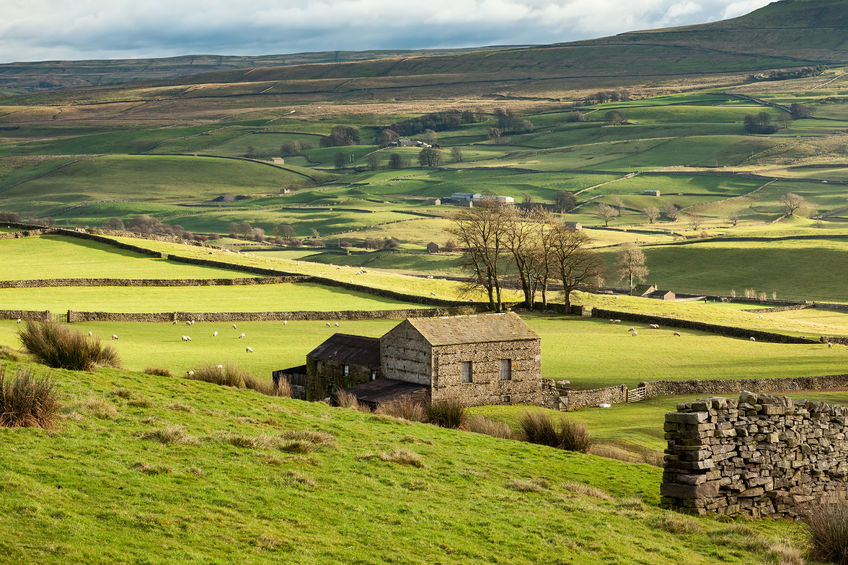
The rise in summer homes are pushing house prices out of reach for rural families, a rural property specialist has explained.
A study published today has found that the number of people in Britain who own multiple properties rose by 1.6m between 2000 and 2014, bringing the total to 5.2m.
The National Housing Federation published statistics earlier this year indicating that the location of second homes are in predominantly rural communities, with villages in the likes of North Norfolk, West Somerset, South Devon and West Sussex seeing the highest numbers.
Rural housing specialists Hastoe argue that the rise in second home ownership is distorting the local housing market and pushing up house prices – making it nearly impossible for local people to buy a home in their own community and expensive for them to rent.
As a result, many villages are seeing a demographic shift where young people and families are forced out as incoming retired buyers, summer homes and holiday lets are pushing house prices further out of their reach.
'Disastrous impact'
Hastoe Group Chief Executive Sue Chalkley said: “One of the many disappointing aspects of these new findings is that most second home owners are not landlords. Instead, 3.4m people have extra properties that they leave empty as an investment or use as holiday homes.
“This is having a disastrous impact on rural housing markets and is leaving young families across the Chichester district with fewer housing options. As they move out of their communities to find somewhere more affordable, schools and other vital local facilities close and then families will never return – leading to our villages becoming seasonal ghost towns. It’s a one way street which is changing rural England permanently.
“Affordable housing quotas on developments of 10 homes or less had been helping to ensure a steady stream of homes are available to these families. But Government’s decision to cancel this requirement has slashed the provision of new affordable homes in our rural communities.”
“Our homes are held for those with a genuine connection to the local community and are affordable in perpetuity, allowing residents to remain in the village where they live, work or have family ties and helping to ensure that the surrounding areas can continue to flourish.”
